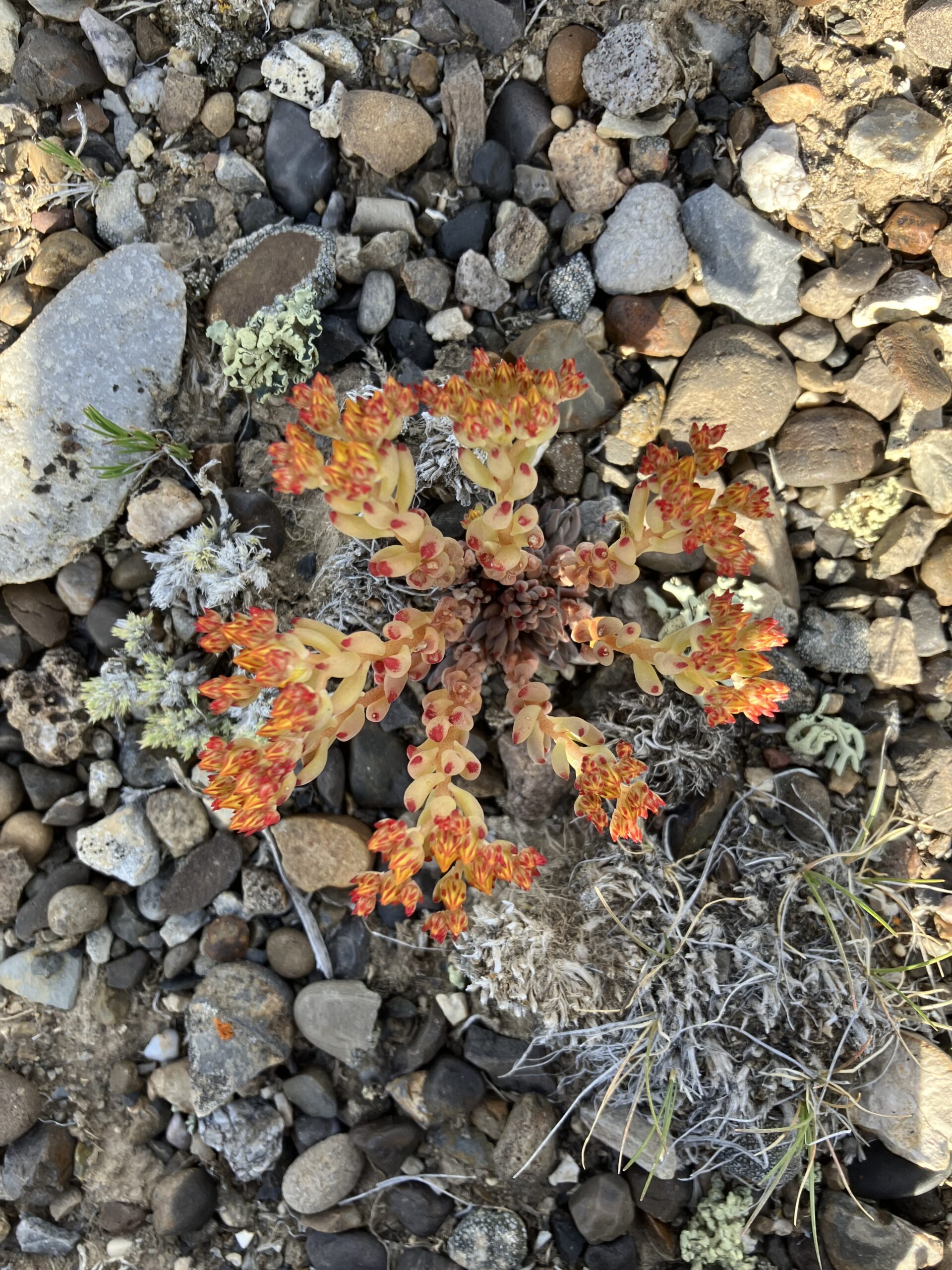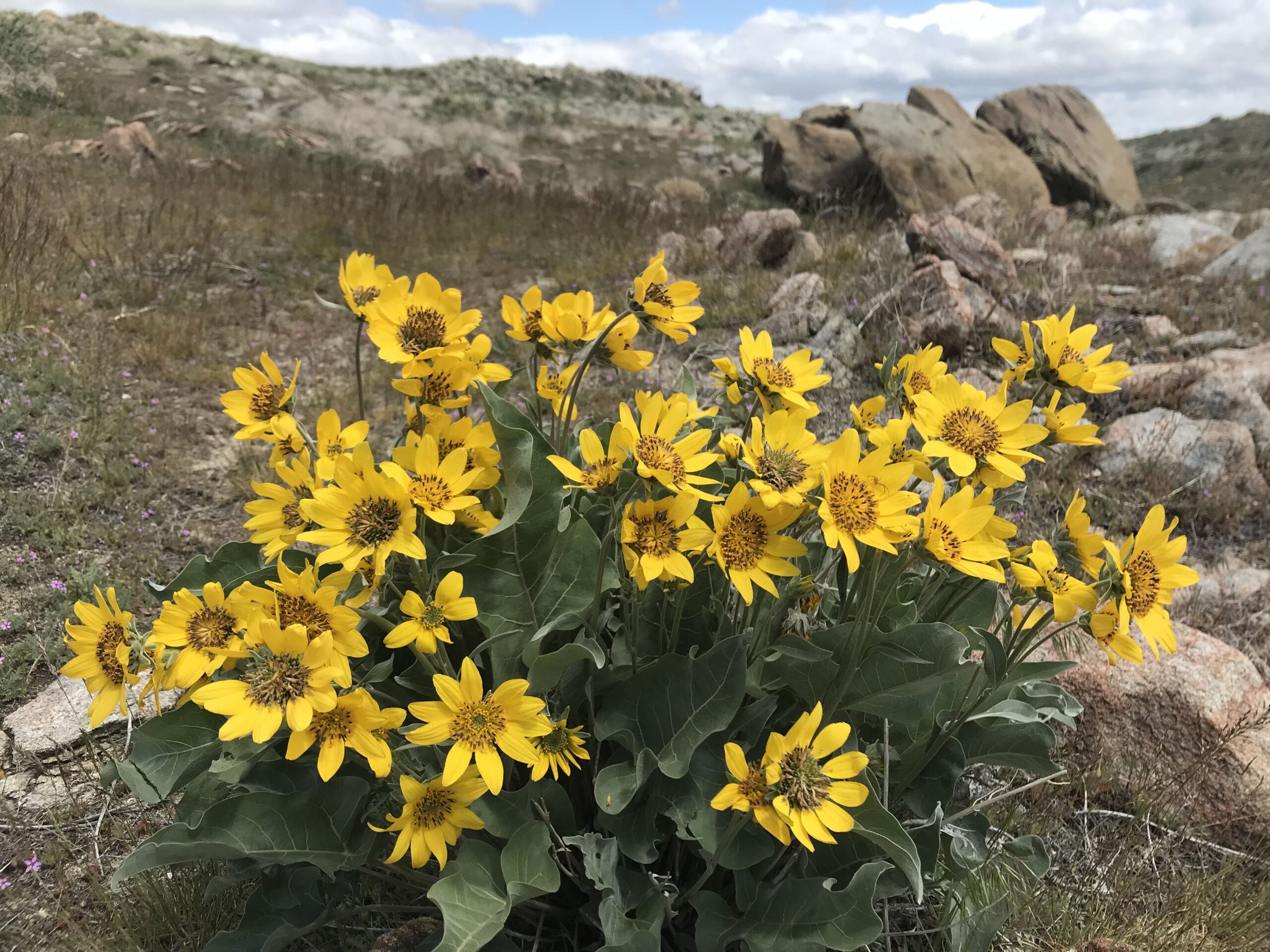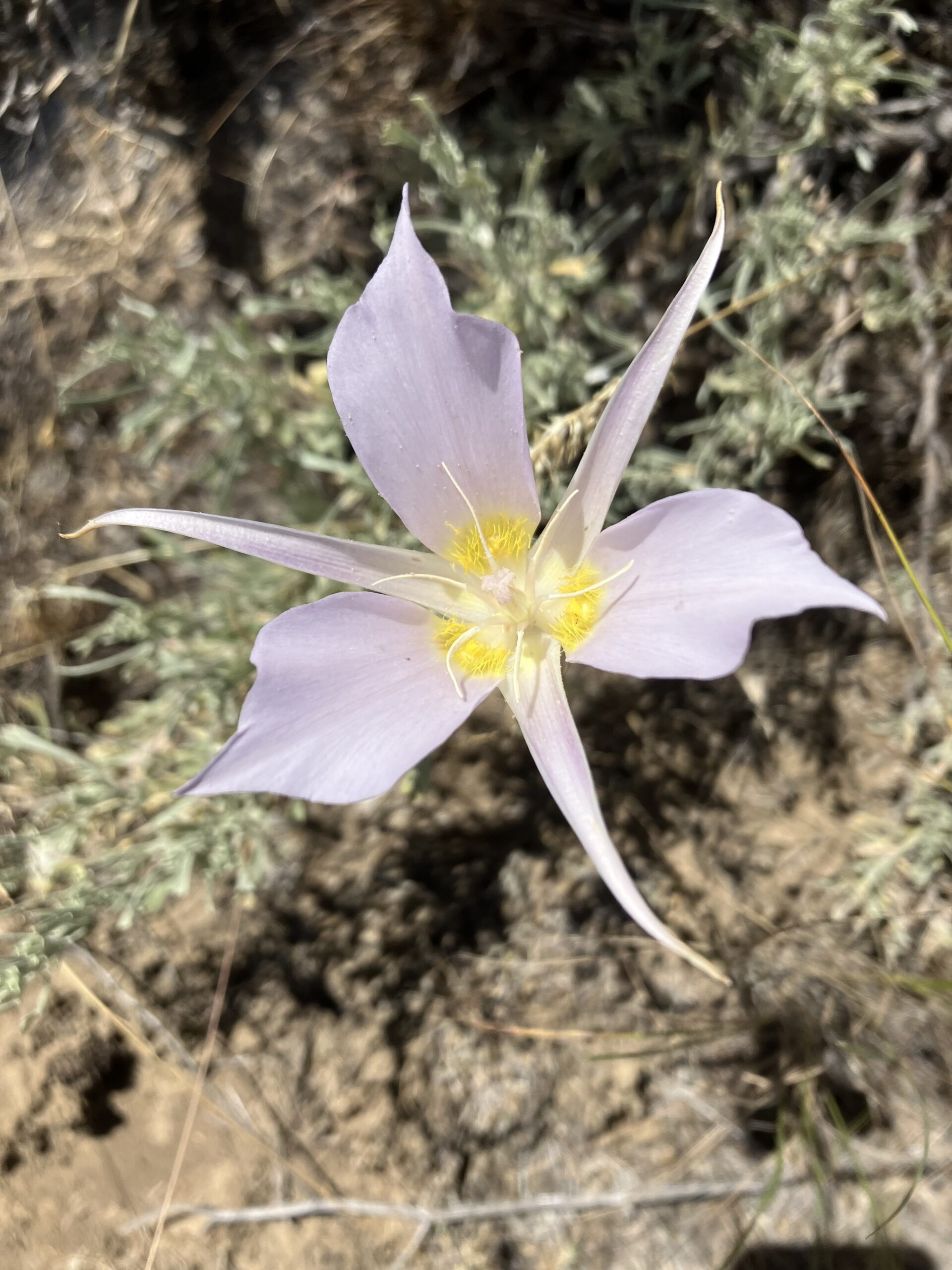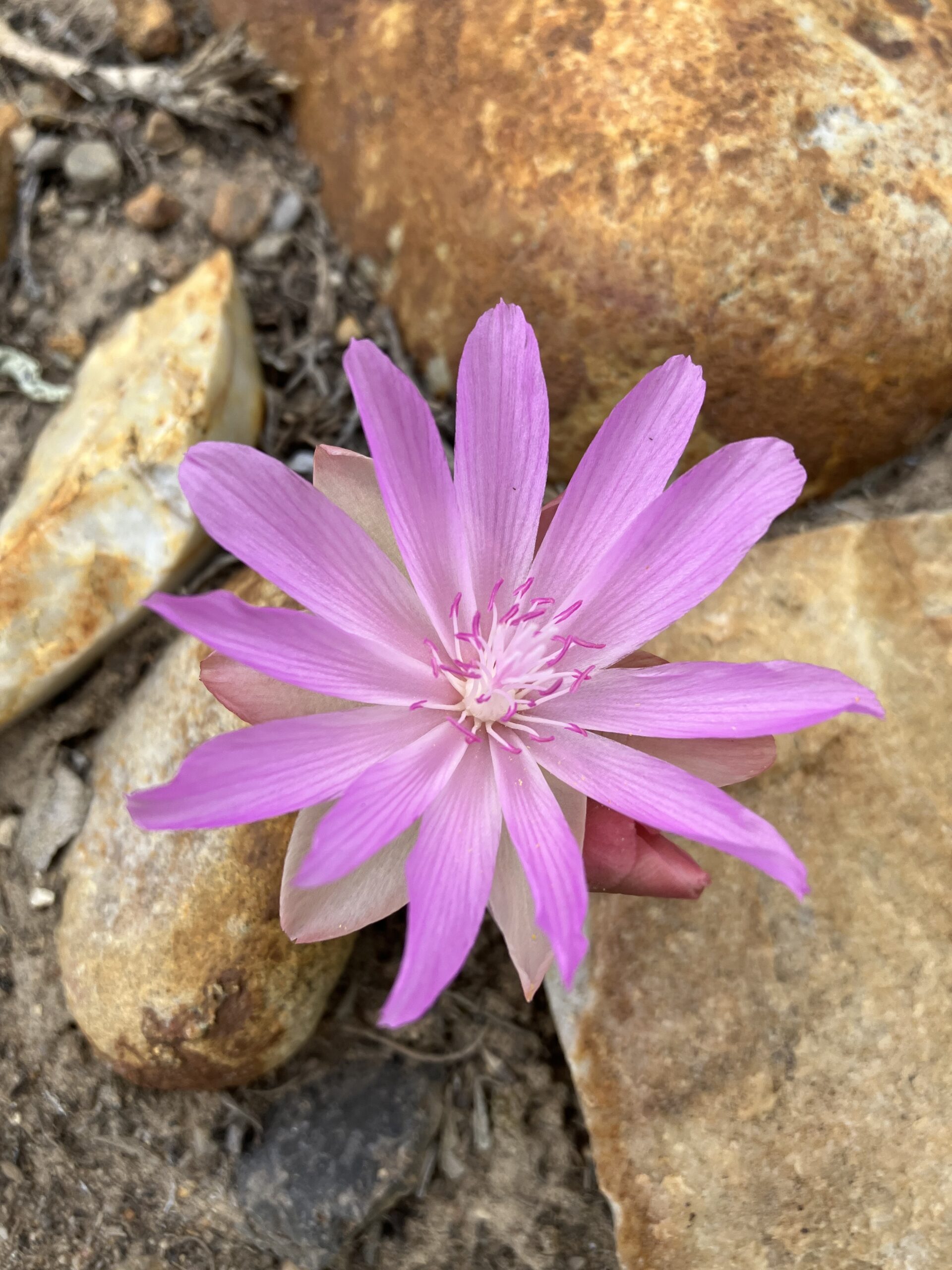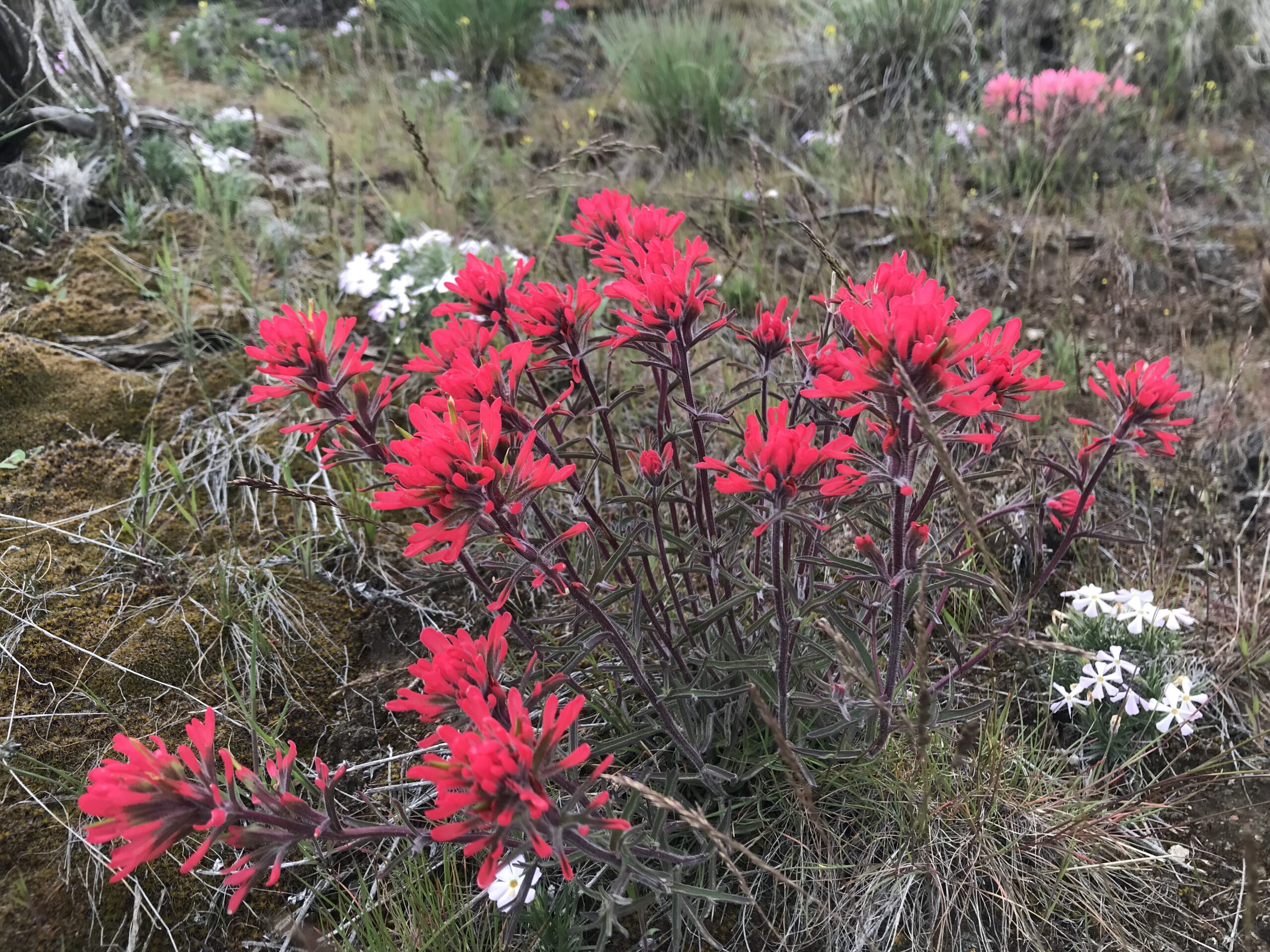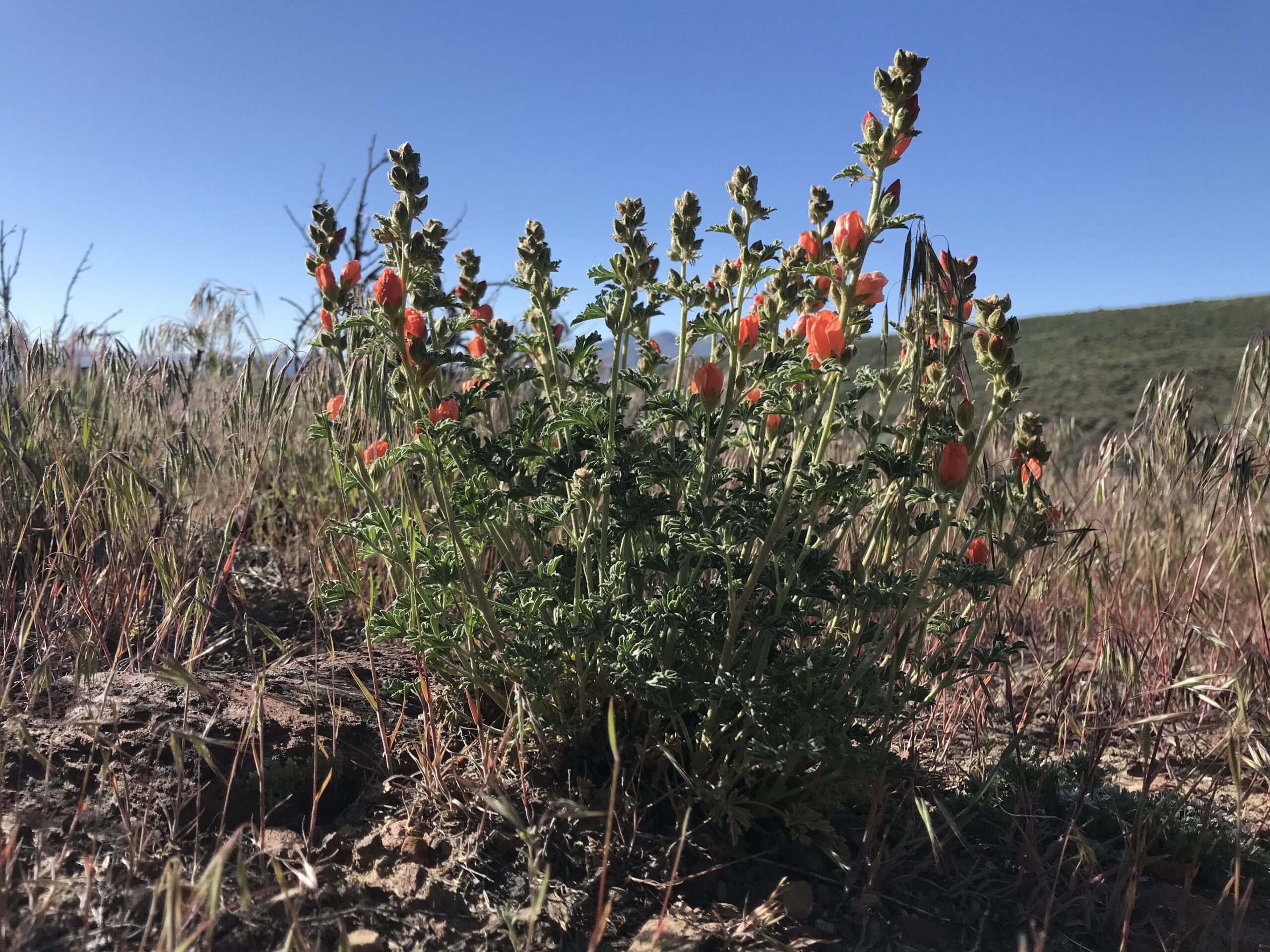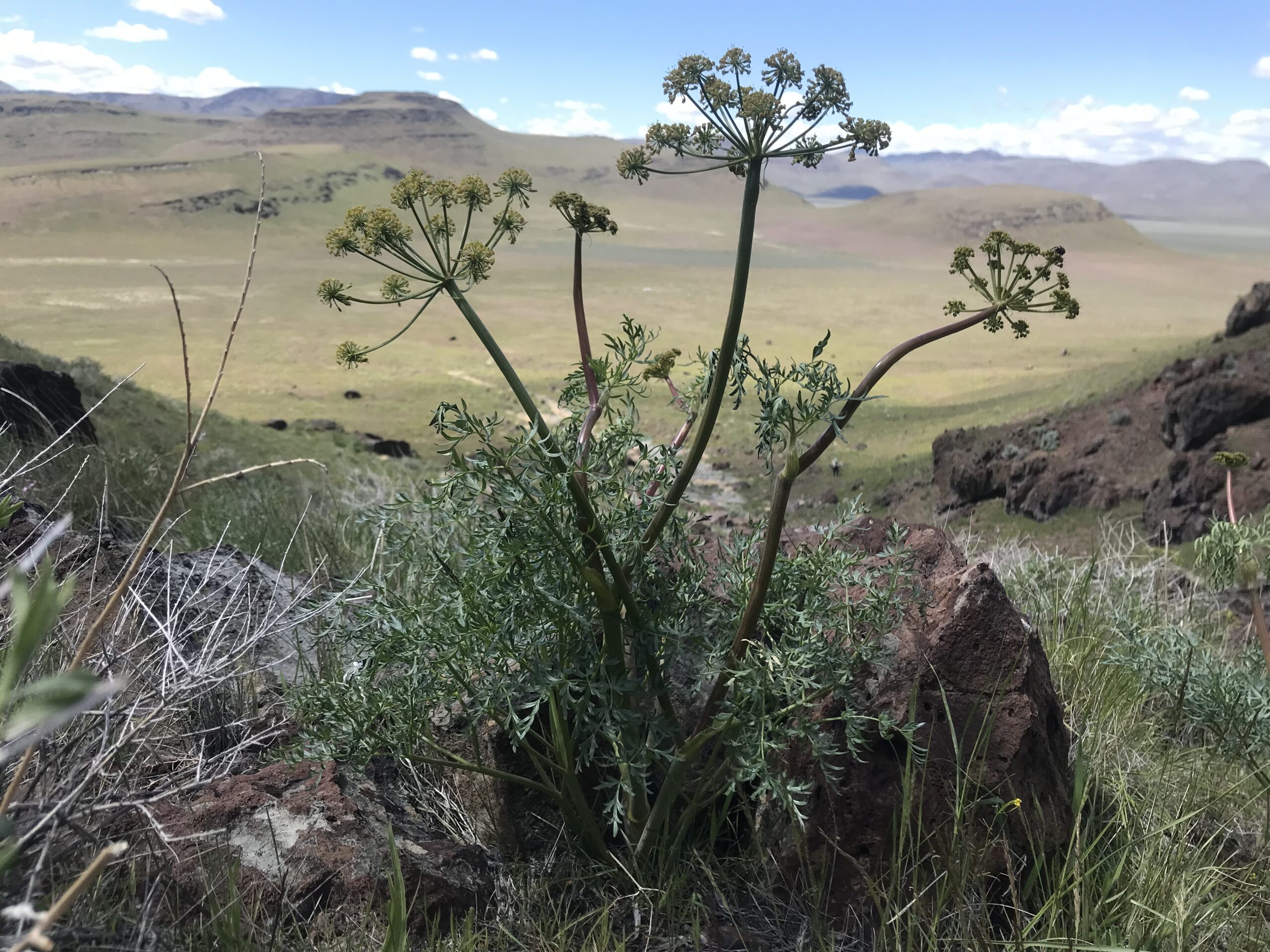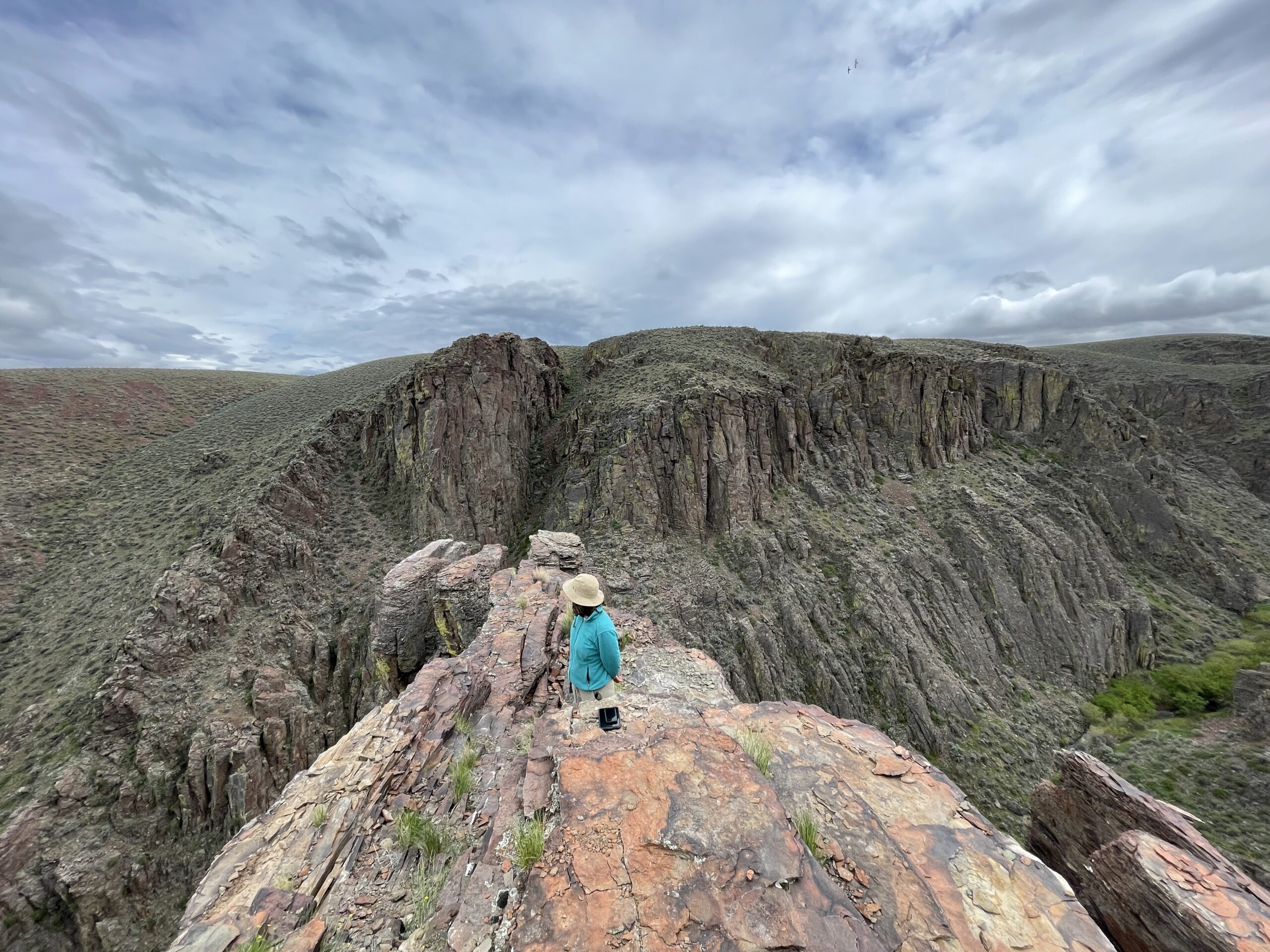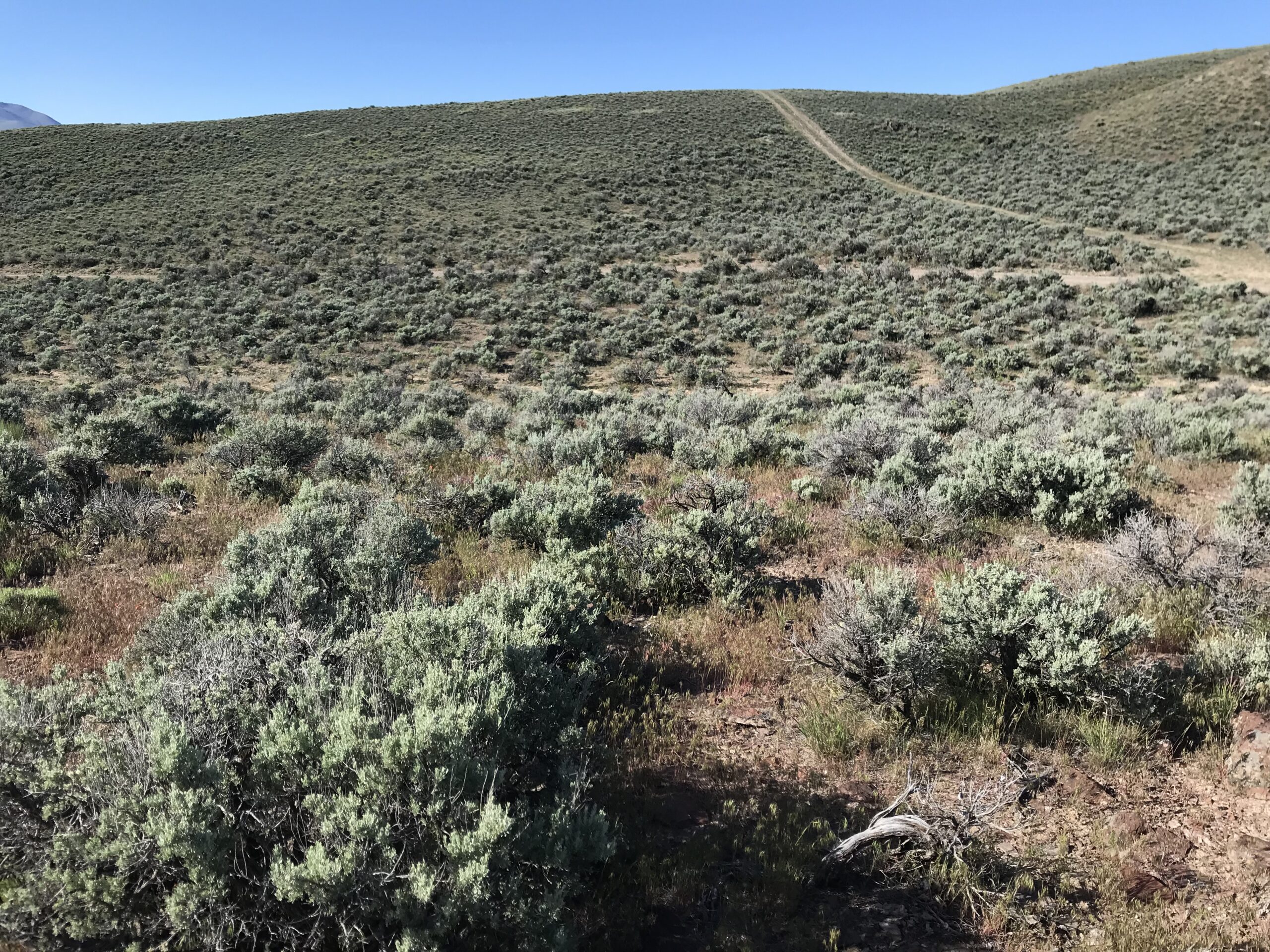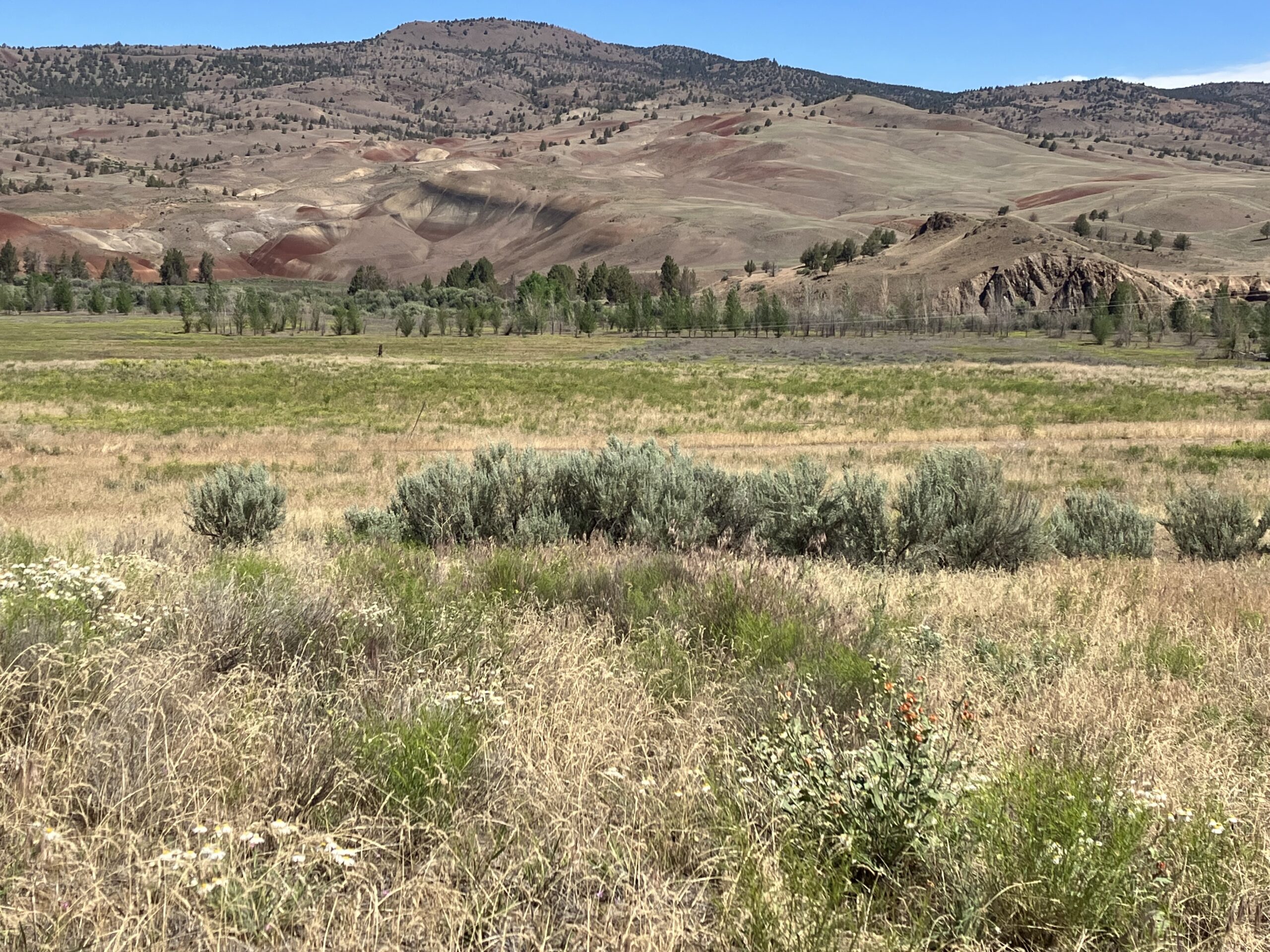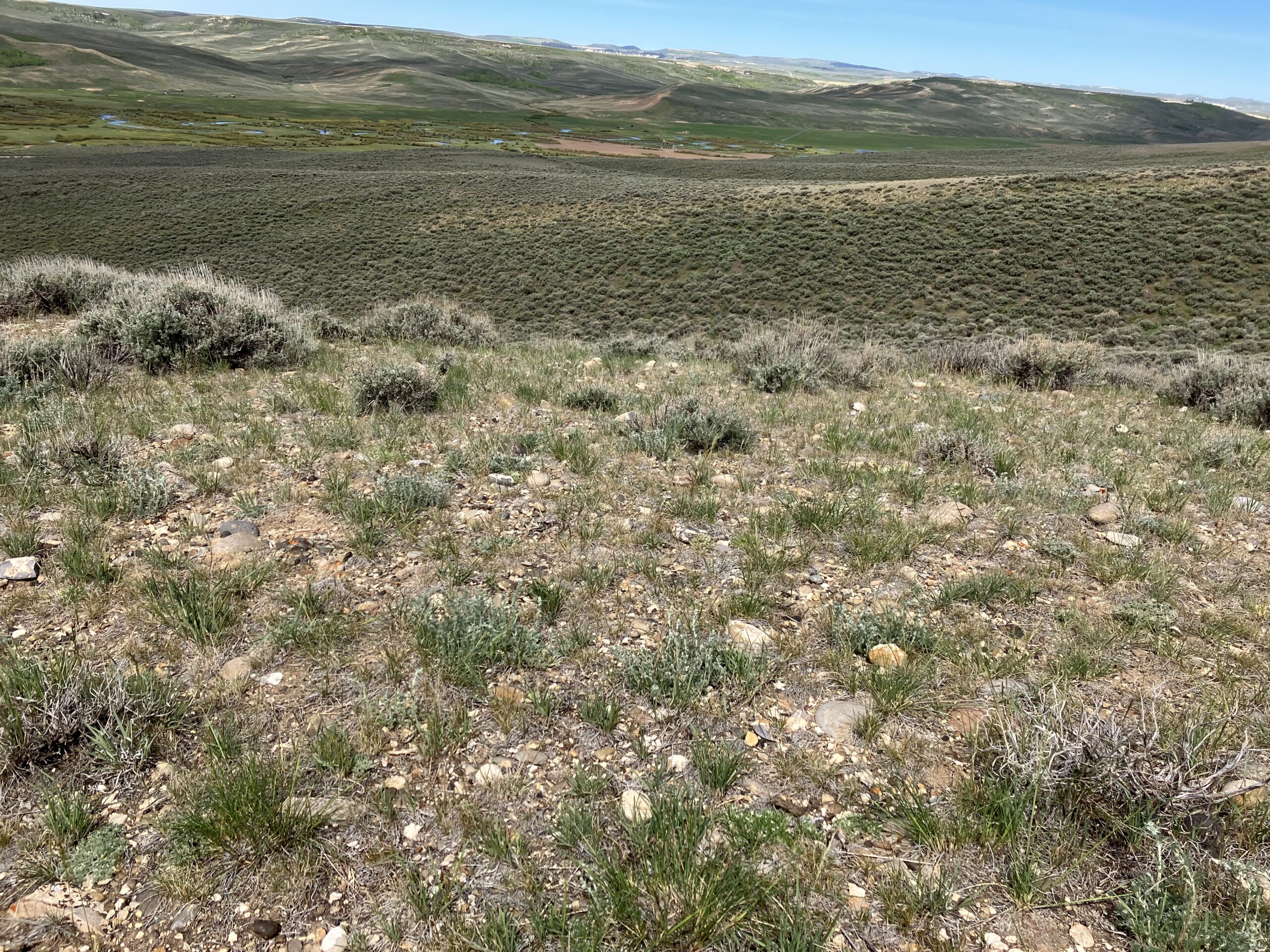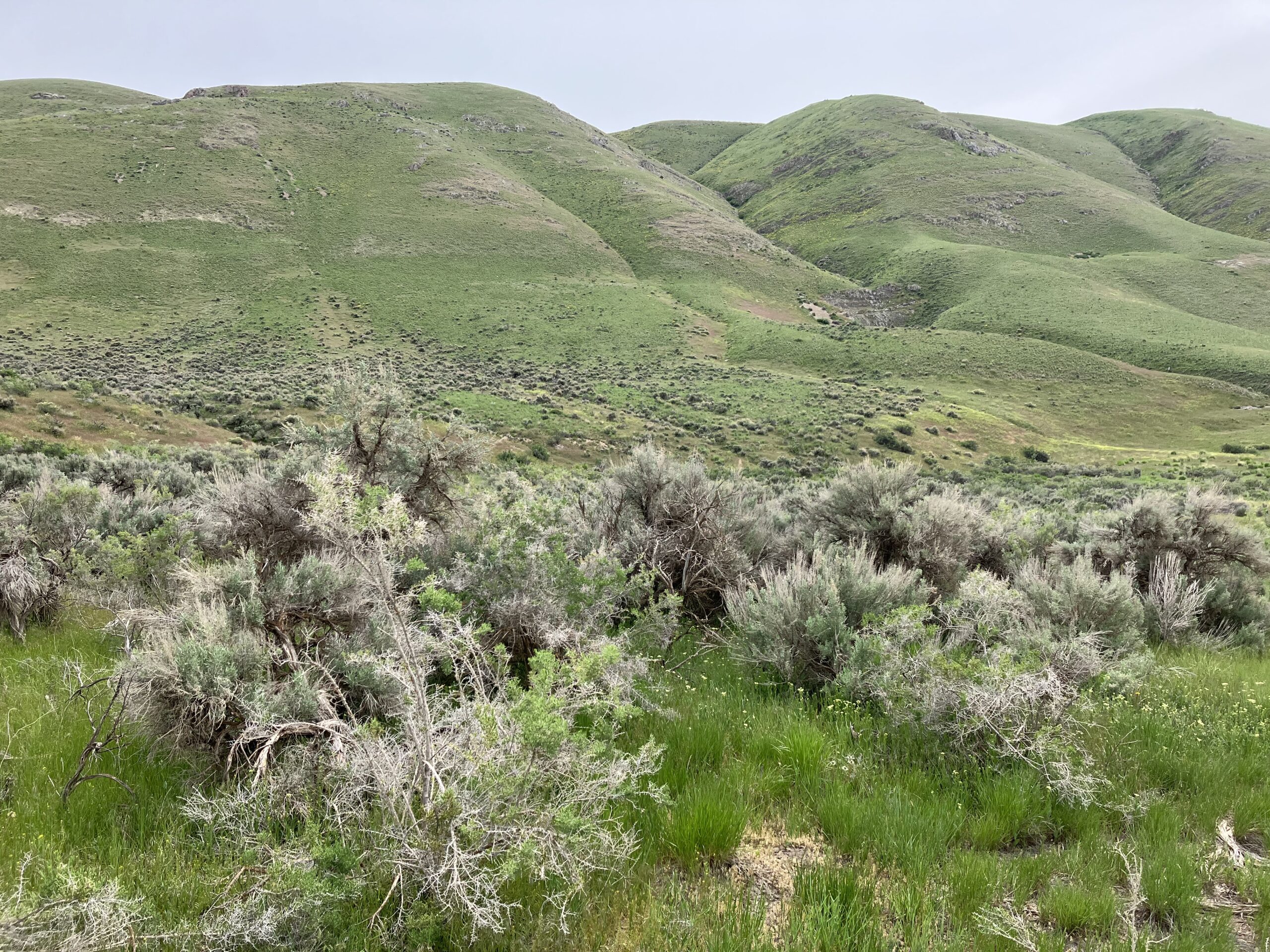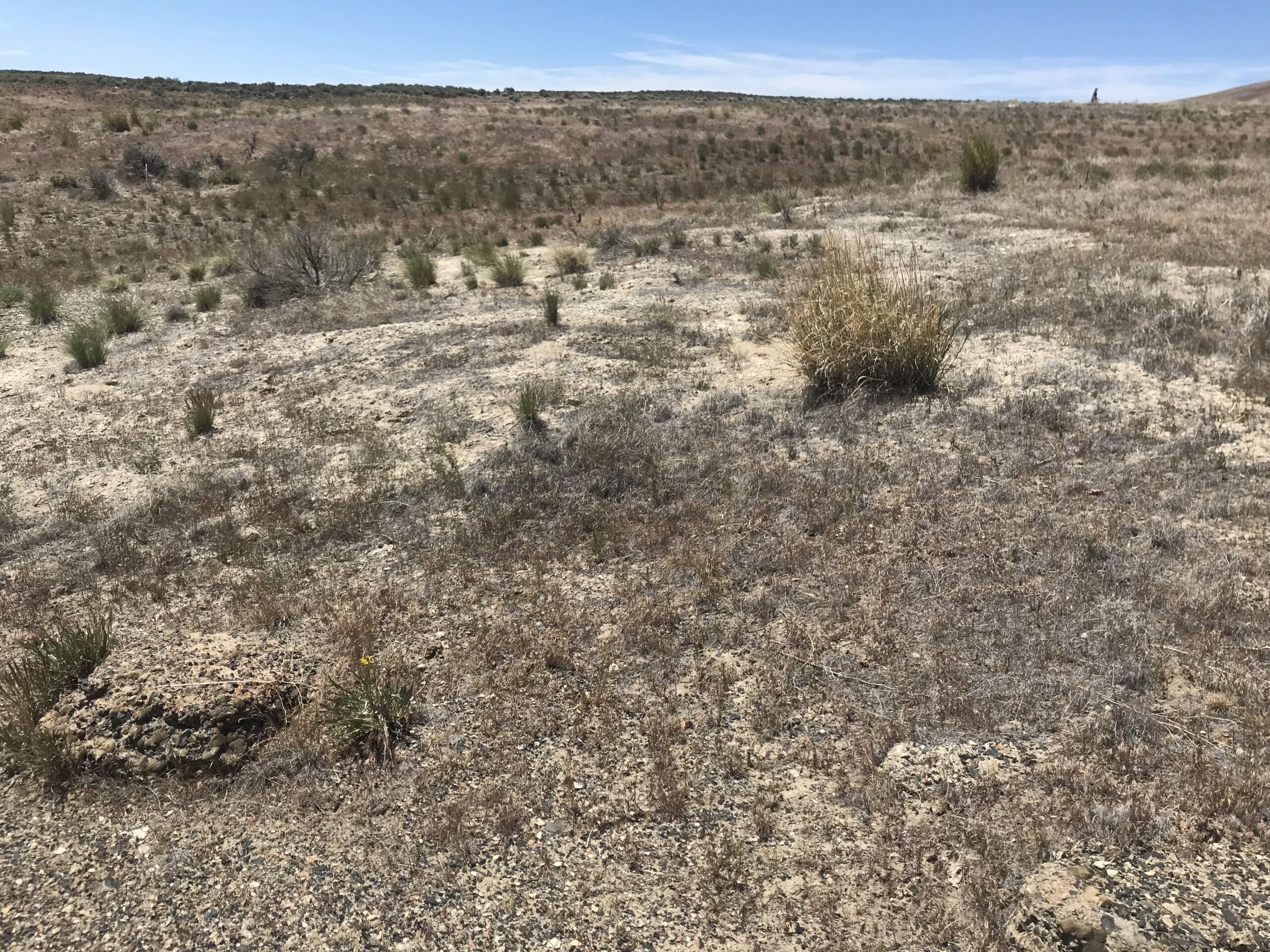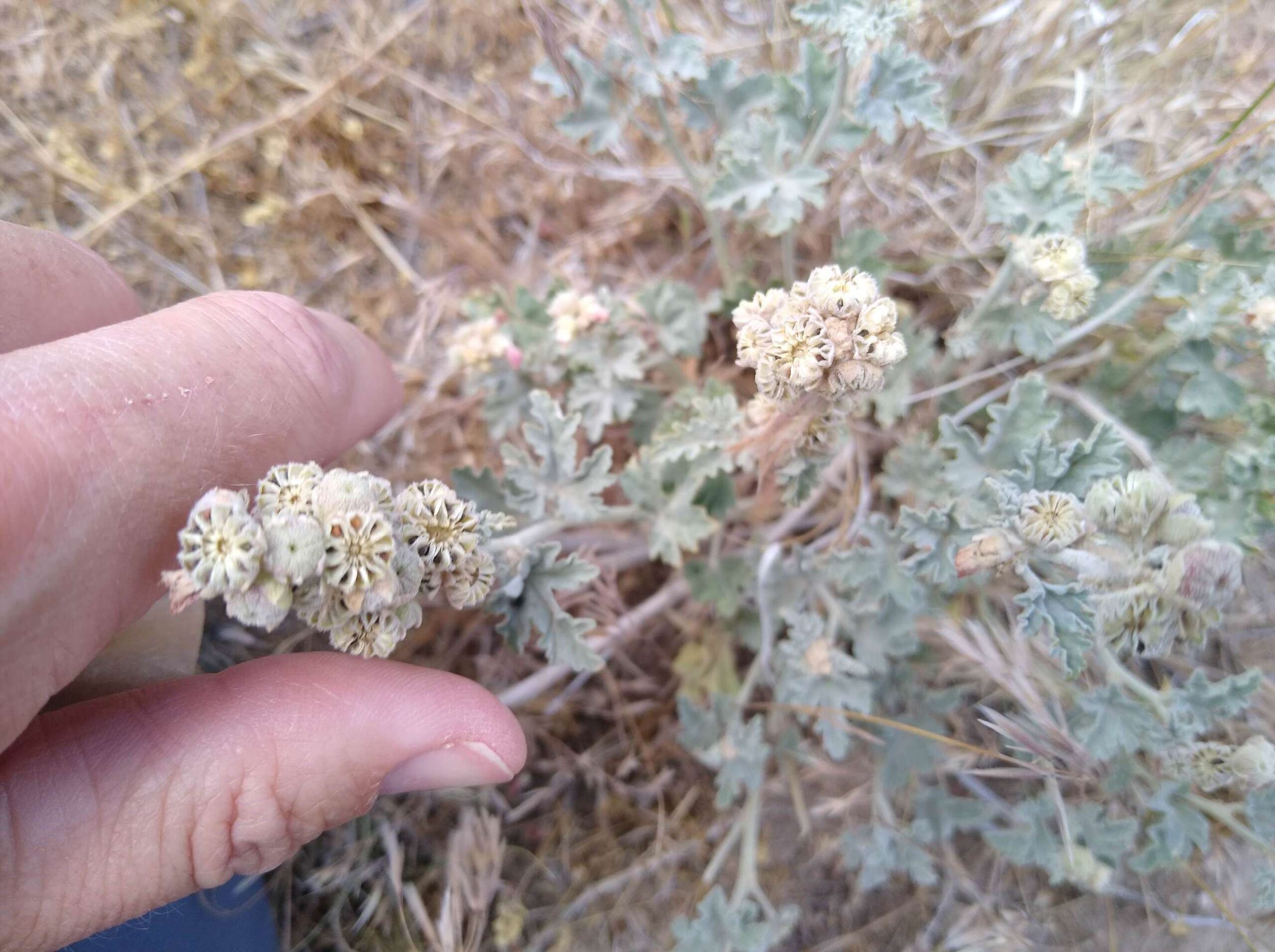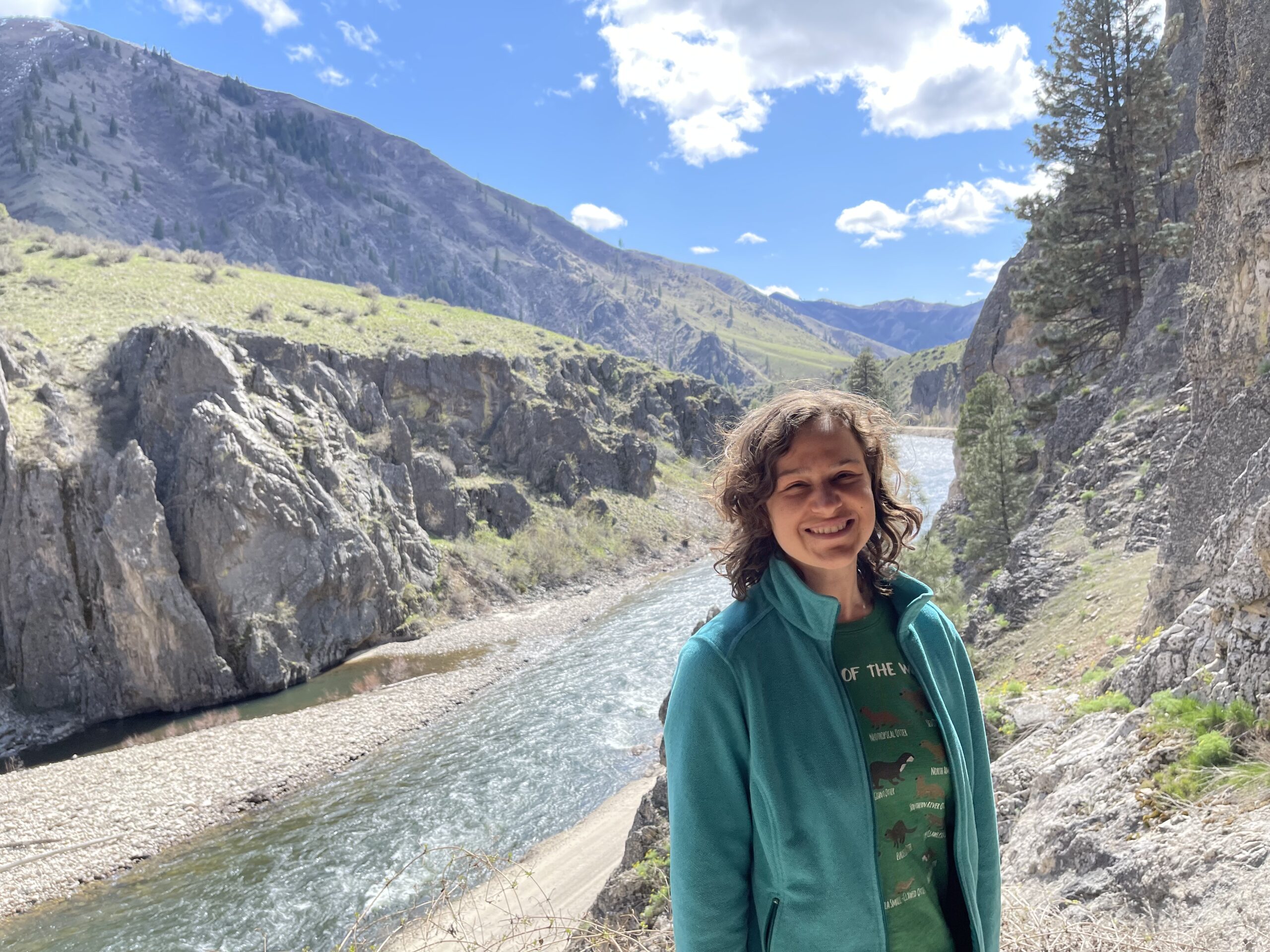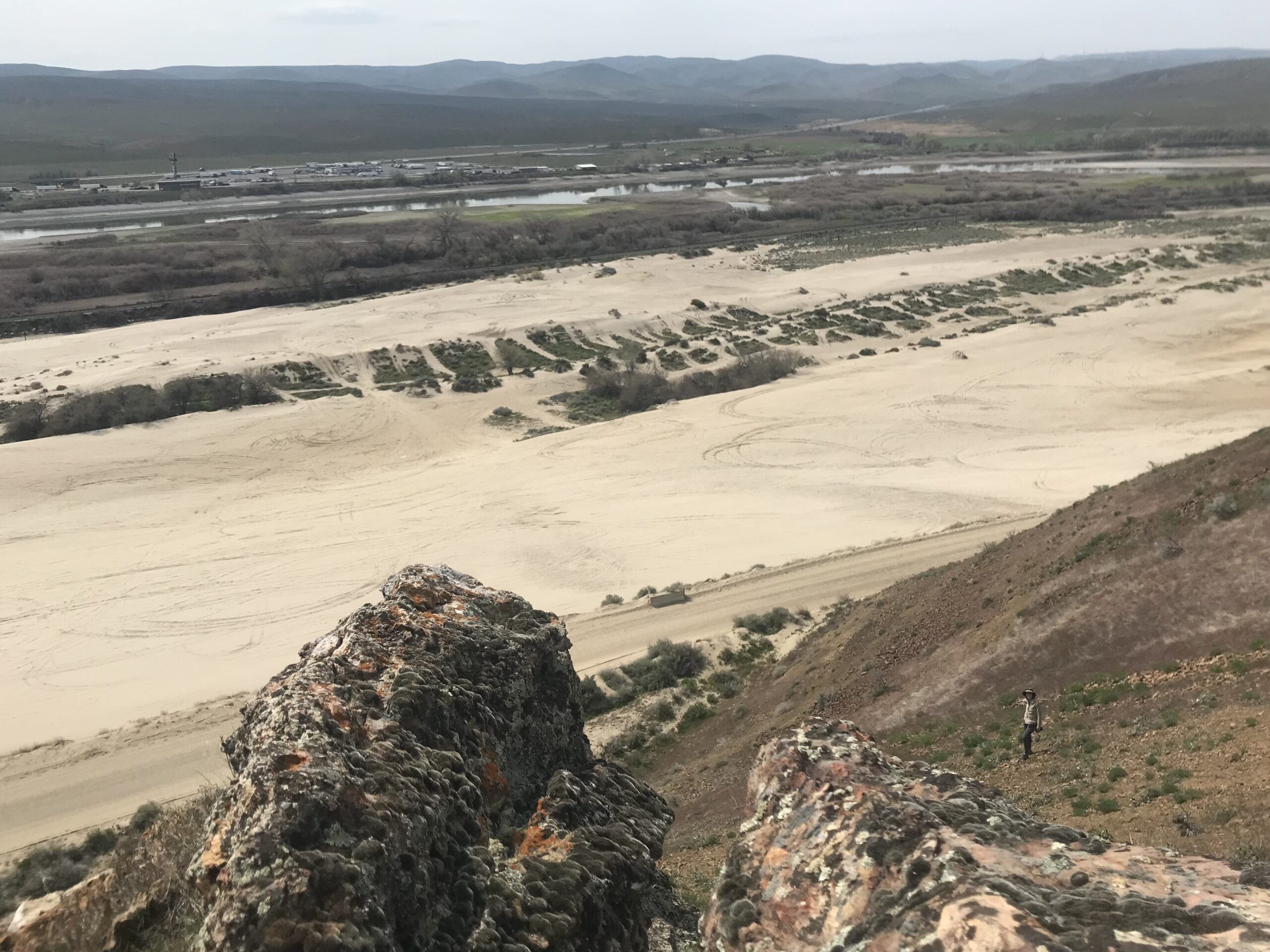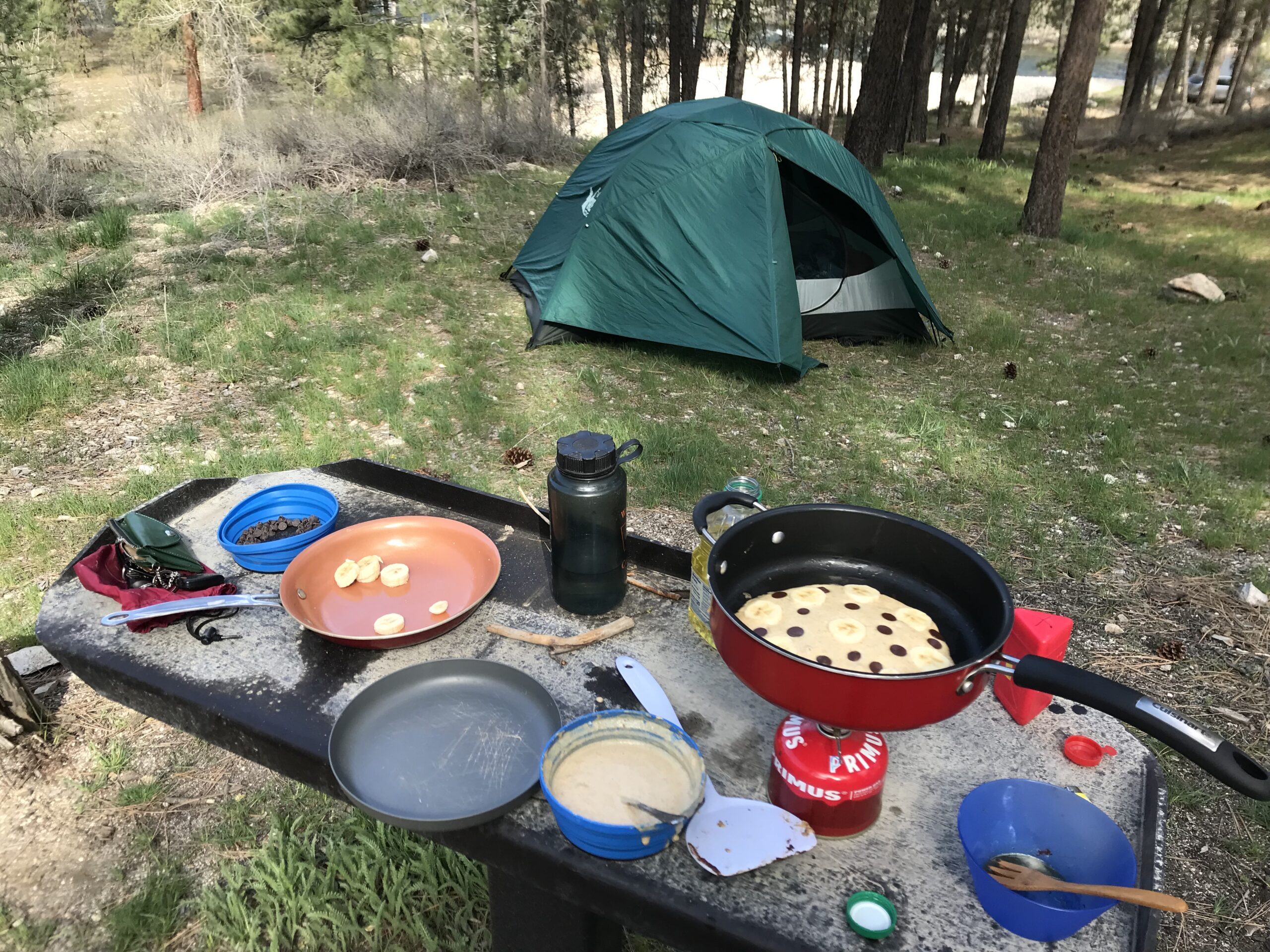After over five months, my internship with the Forest Service in Boise, Idaho has come to an end. It has been a very busy and productive season. I am looking forward to having some time to rest and recharge this fall while working in Boise as an environmental educator before starting a new fieldwork job in the spring.
My co-intern Alaina and I did so much interesting work this season. We began by doing plant surveys in the common gardens and cleaning seed from last year. Next, we planned seed scouting trips and learned to use imagery and online herbarium records to choose scouting sites. We began scouting for Lomatium dissectum in May and got a lot of practice searching for plants and mapping plant populations. By June our focus shifted to Globe Mallow. We spent May and June scouting for Globe Mallow and July and part of August in a rush to collect as much seed as we could. By mid-August, Globe Mallow seed was mostly dispersed, and the plants were drying up. After Globe Mallow collection was done, we spent some more days at the common gardens tackling some big weeding projects to prepare for fall planting.
In late August, we also spent a lot of time collecting Eriogonum umbellatum leaf samples and herbarium specimens. RMRS Boise is doing research on this species and needs tissue samples for genetic analysis. For this work, we went out in the field and traveled to sites where herbarium records indicate that plants are likely present. Once we found Eriogonum umbellatum, we collected an herbarium specimen and ten leaves from the plant population.
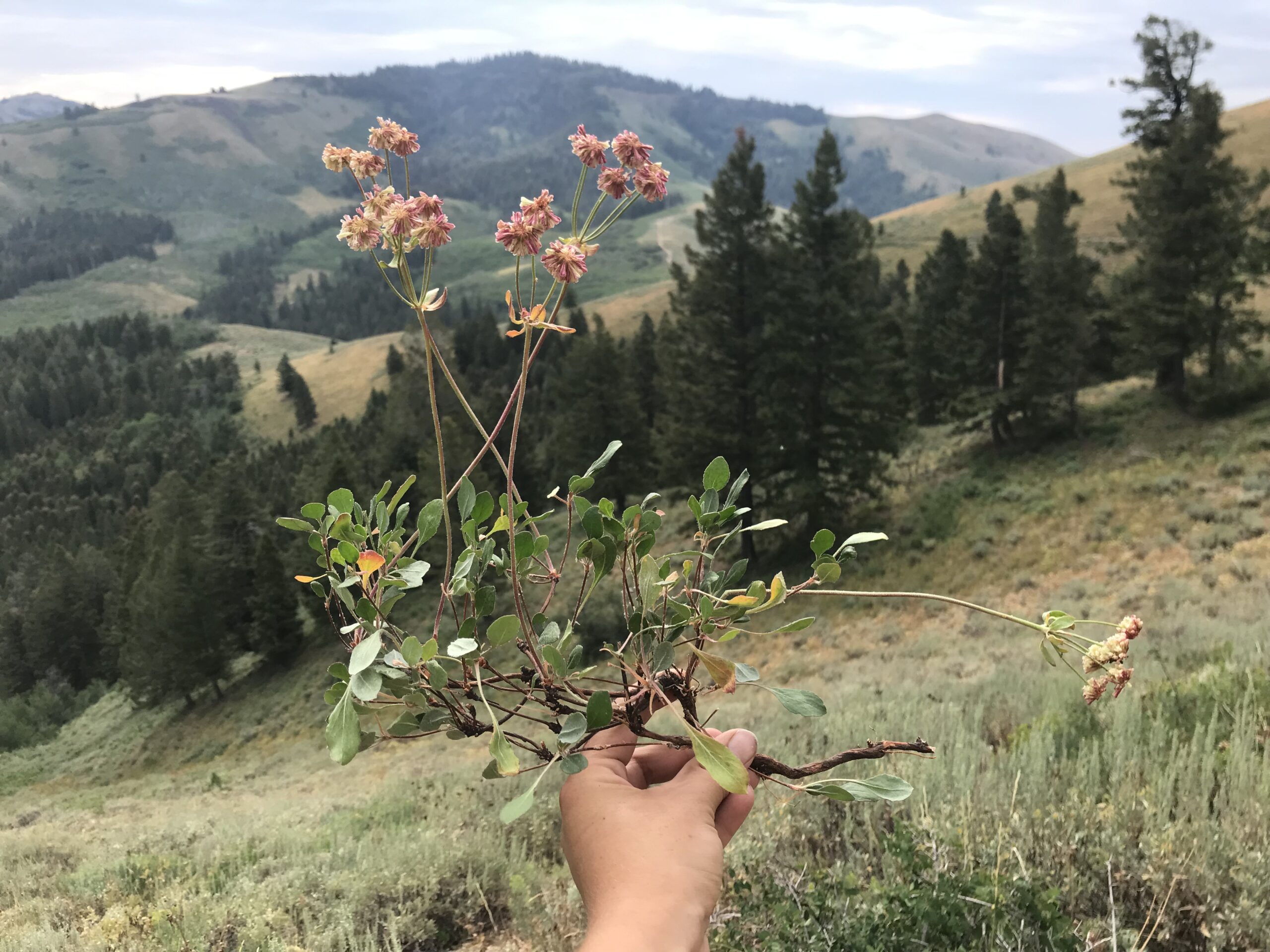
We collected Eriogonum umbelletum from many different sites, but my favorite was near the top of McAfee Peak in Nevada. To reach this site we drove up a very steep and rocky road. It was the worst road we drove all season, and it was nice to see how much our two-track driving skills have improved. After inching our way part of the way up the mountain, we parked the truck. We then hiked cross-country through beautiful meadows of flowers and up rocky slopes to a ridge at 10,000 feet. It was quite a fun adventure to hike to the ridge and to strategize the best way to reach this high elevation site.
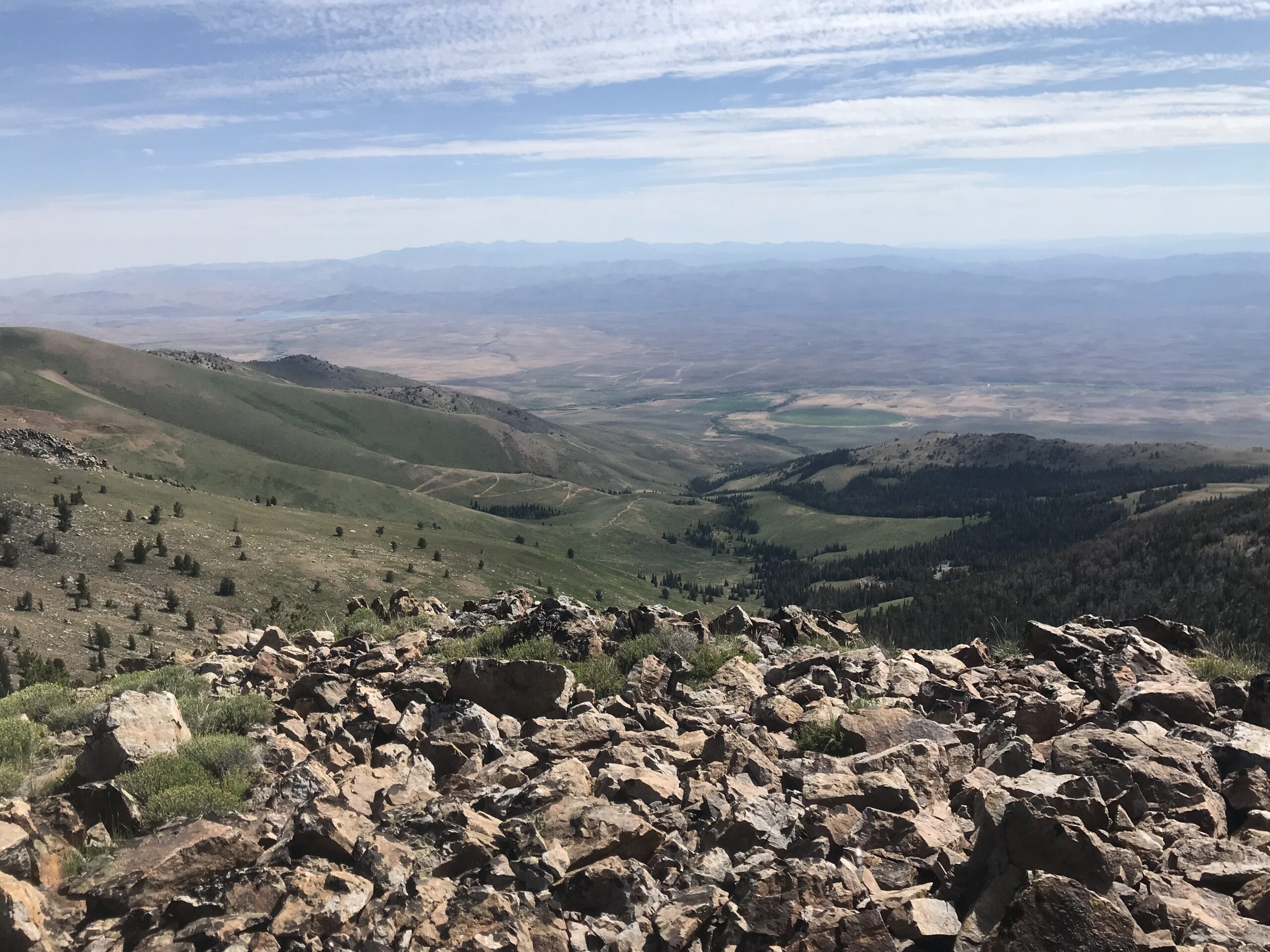
I learned a lot in this internship. Alaina and I really got to take ownership of our seed collection work and we gained expertise in the tasks we did all summer. I learned a lot about how field biology jobs work and what it is like to work for the Forest Service. I gained a lot of experience planning fieldwork and using herbarium records and satellite imagery to find plants. Also, working independently in the field let me practice work-related decision making and problem-solving. Most importantly, this job has helped me define my interests and career goals. I really enjoyed working with plants in this position and I am confident that I want to continue to do more botany work in the future.
One of the best parts of this season was getting the chance to travel to all kinds of field sites across the Great Basin. I loved getting familiar with the region and seeing so many remote and interesting sites. Here a few pictures of my favorite places I visited.
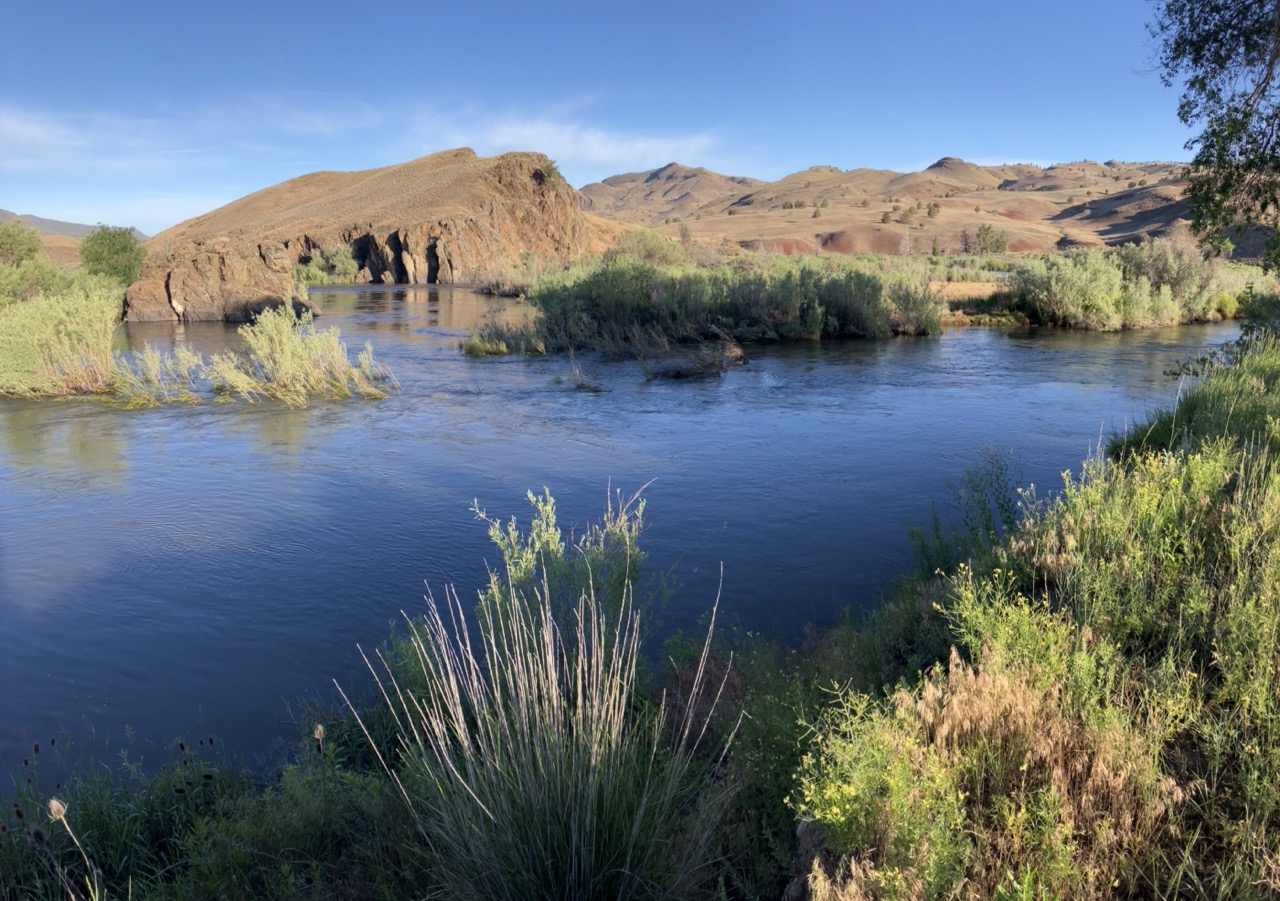
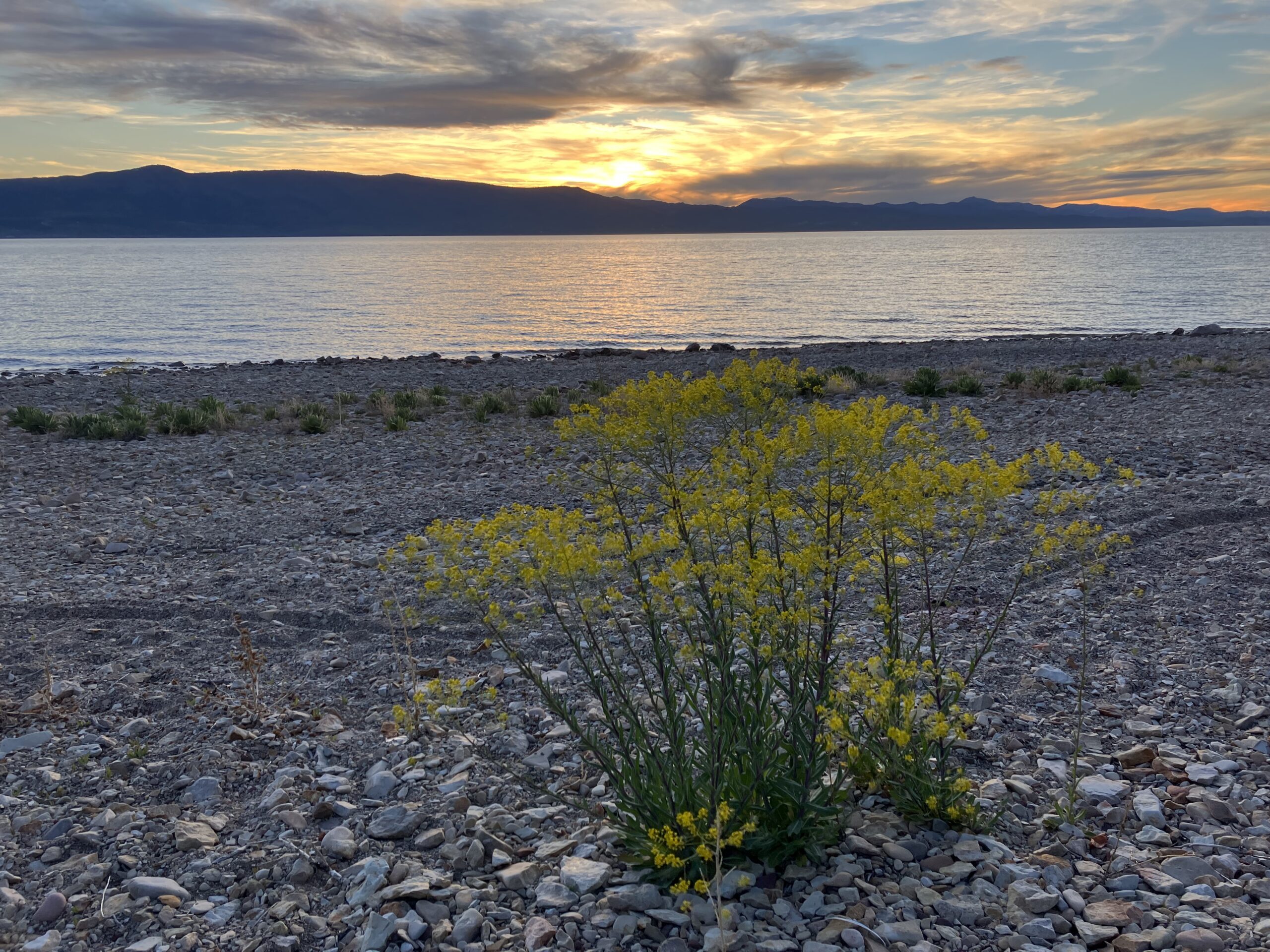
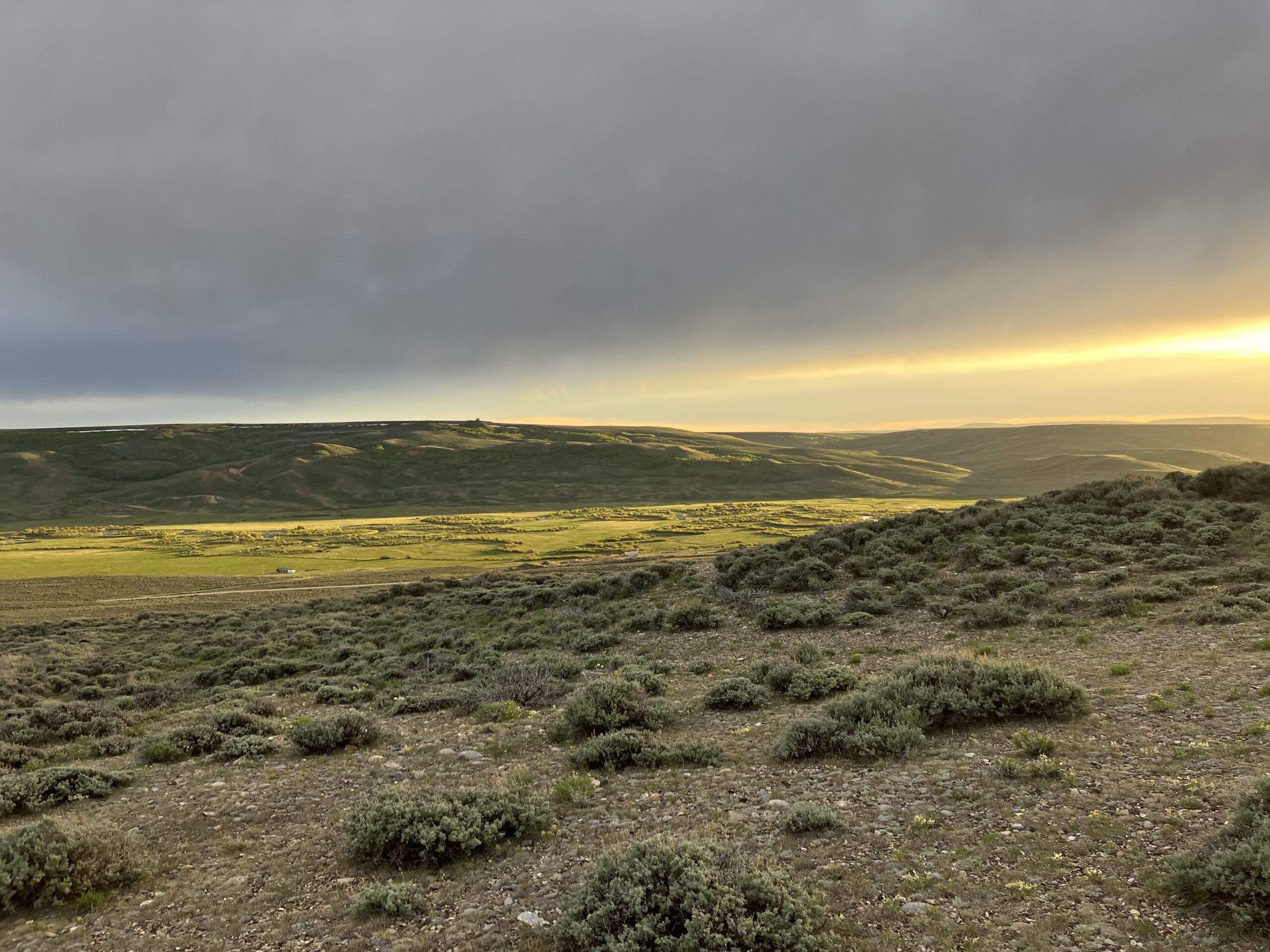
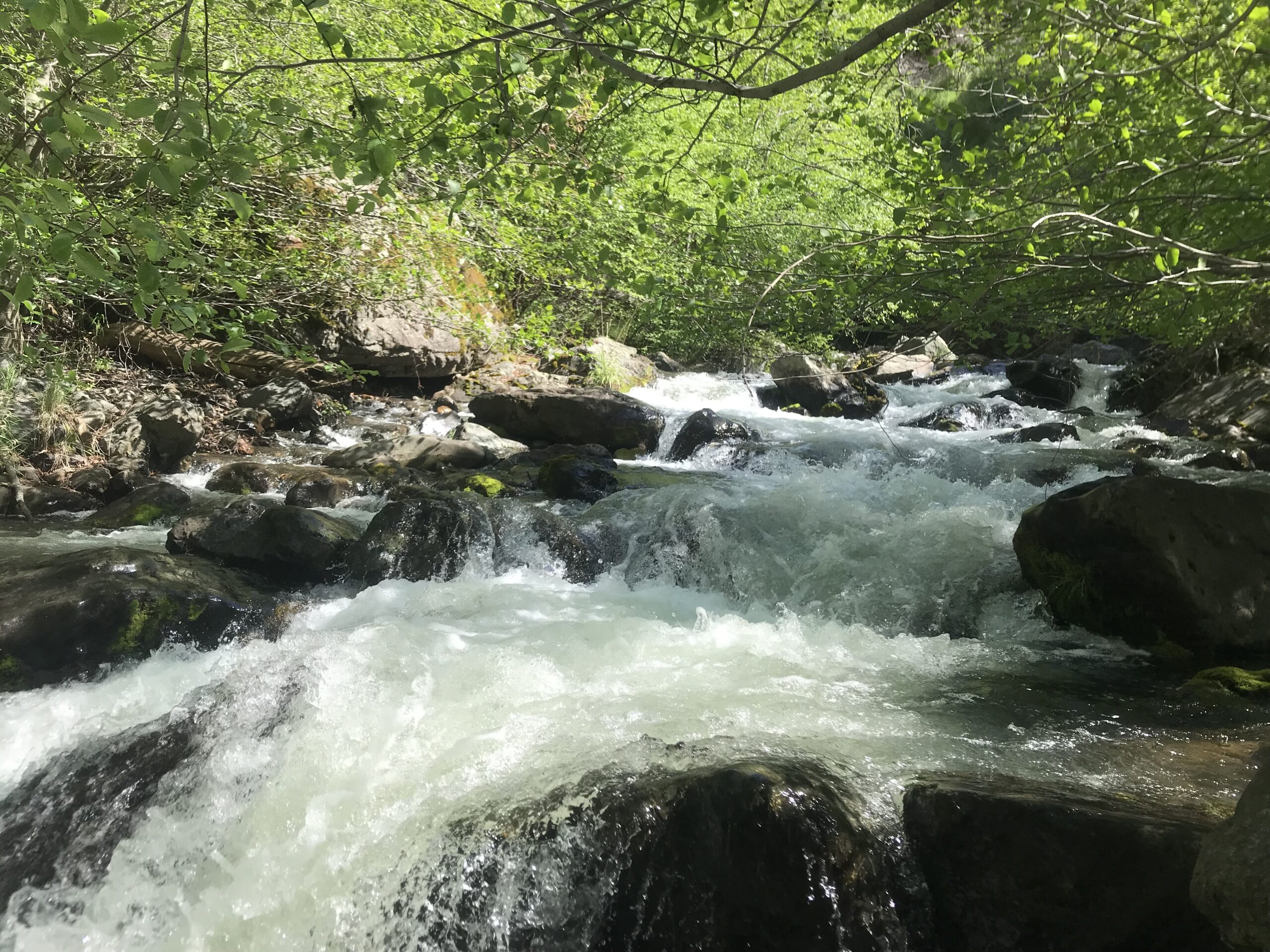
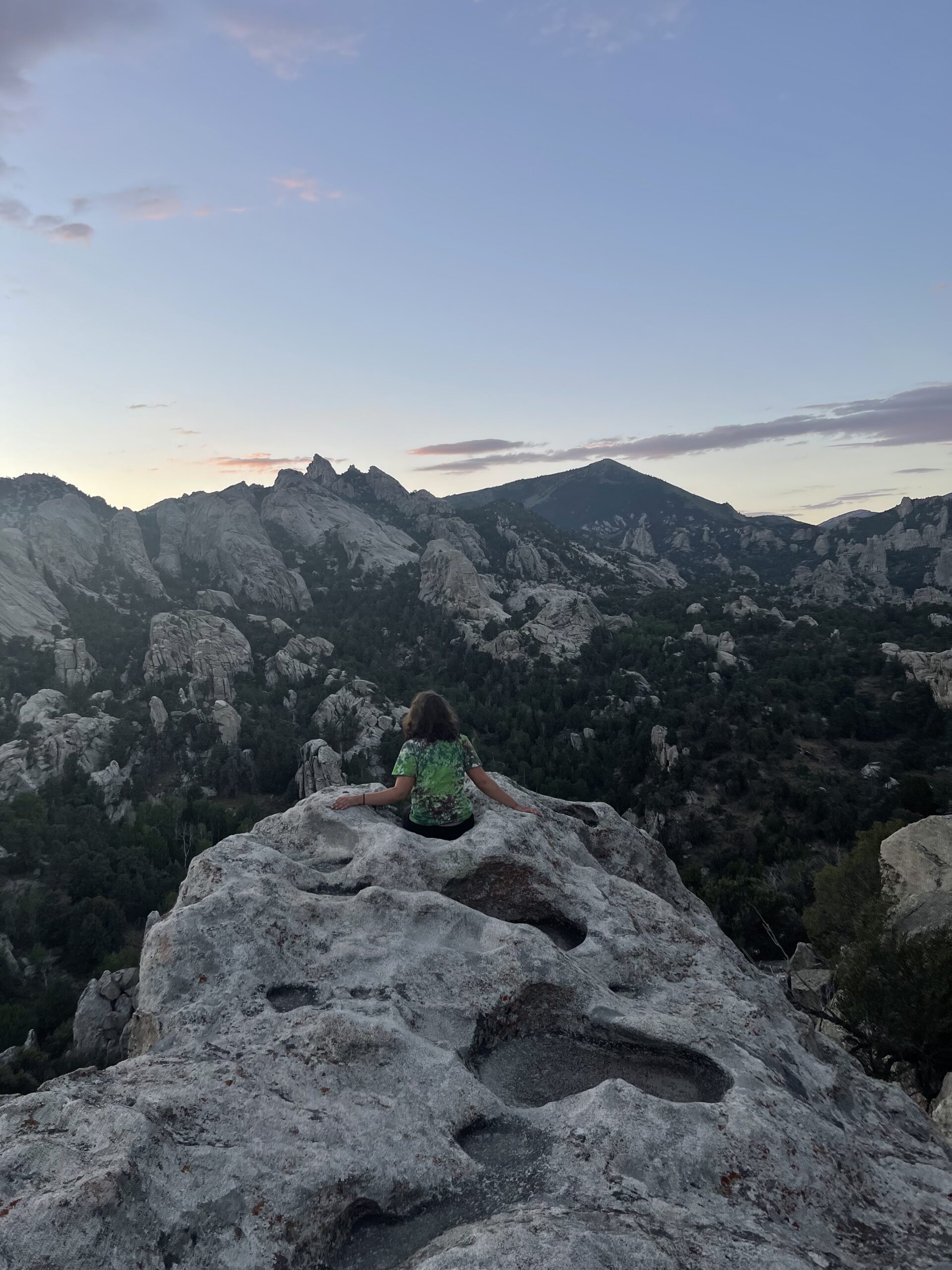
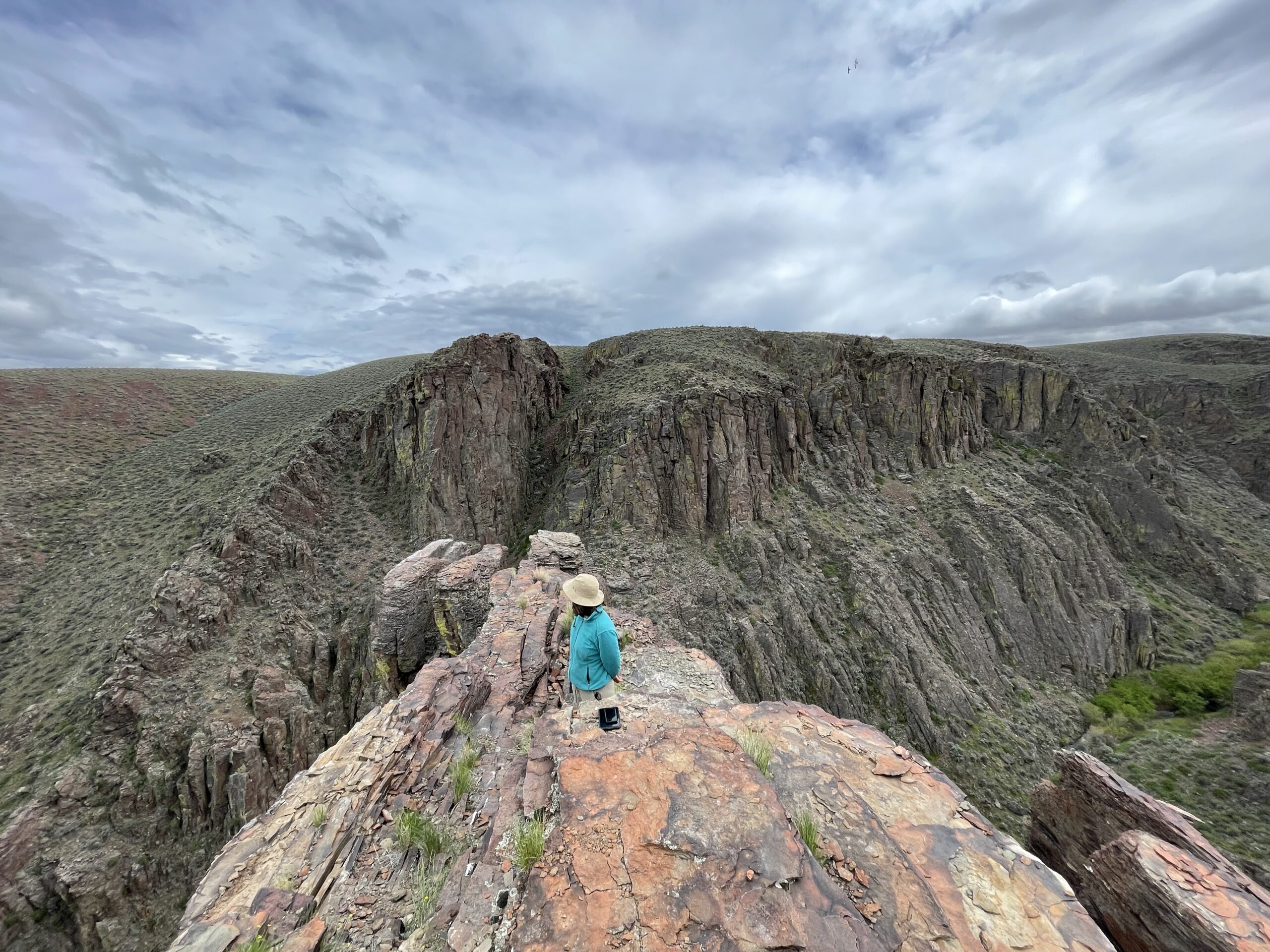
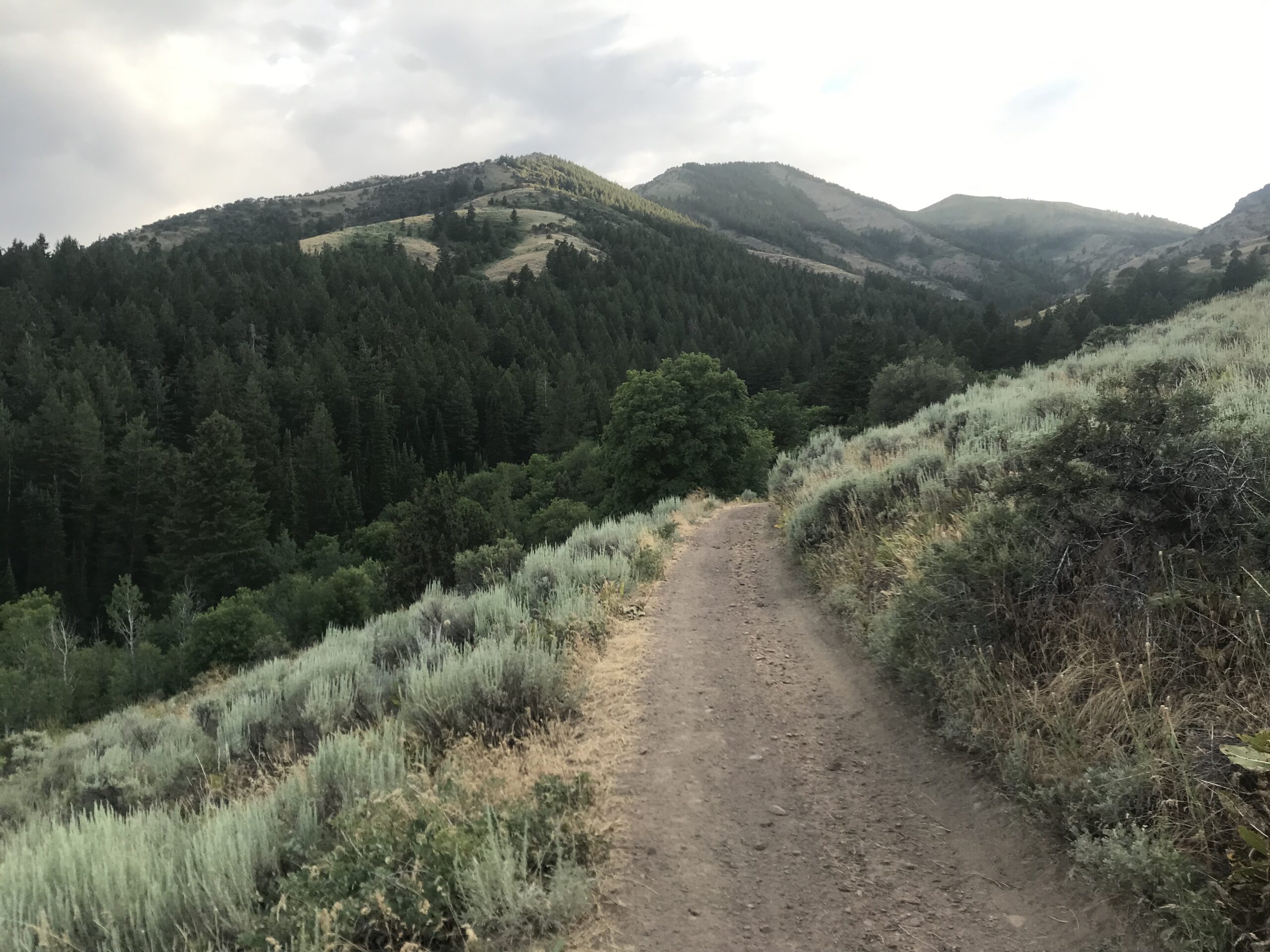
I also saw so many awesome plants over the months of this internship. Here are a few of my favorites.
